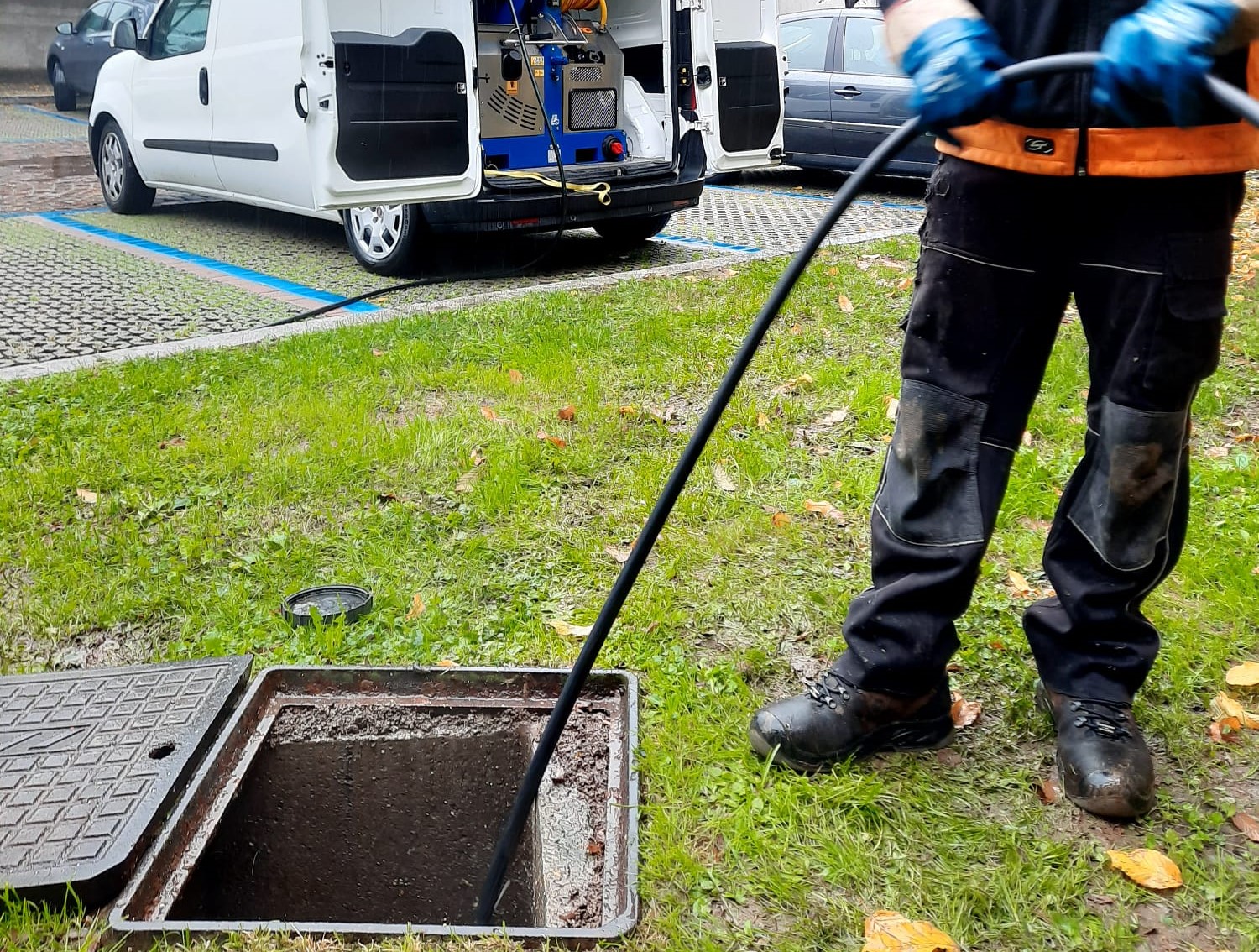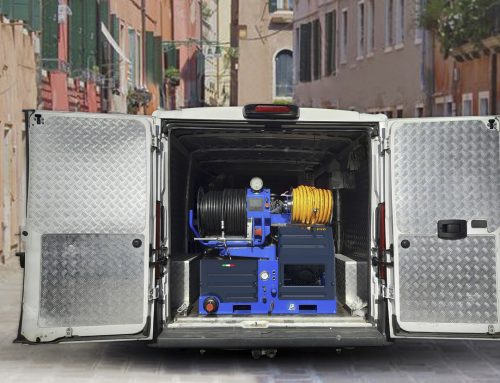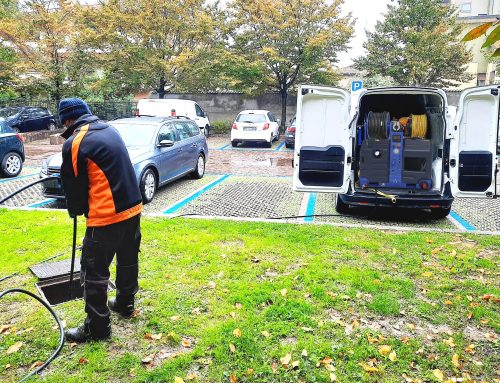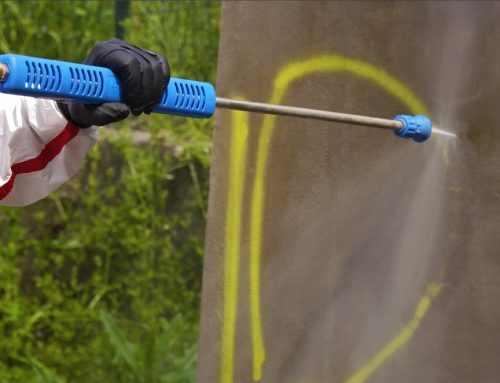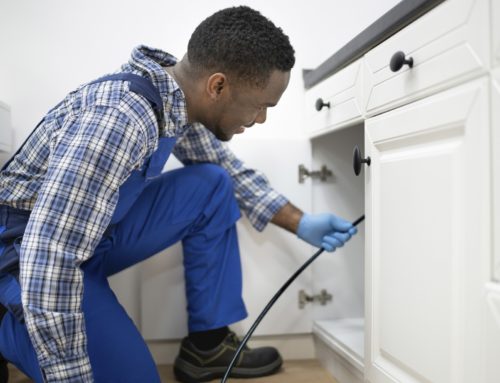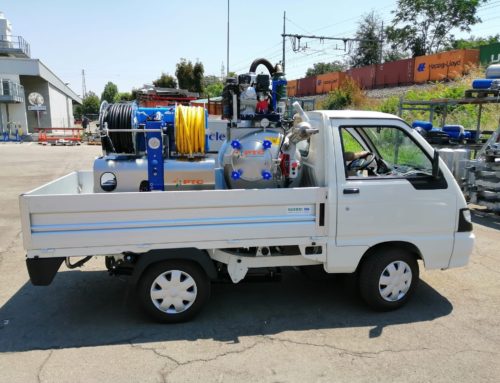If you are involved in sewer systems cleaning in urbanized areas, we present you which are the best professional sewer cleaning machines.
Among the tools for professional sewer maintenance, both for small homes and large condominiums or for commercial activities, the sewer cleaning machines stands out for its effectiveness.
In this article, we will explore precisely this type of machineries: if, on the other hand, you want to know the wide range of PTC products for professional urban cleaning, you can click here.
The sewer cleaning
Machines for sewer cleaning are also known under the name of CANALJET. These are, in fact, powerful machines that use a jet of high pressure water to clean the sewage drains, designed and built specifically to free the drain pipes from solid waste and obstructions, usable both for private systems of houses and businesses, commercial and public buildings and municipal networks.
The advantages for plumbers and maintenance workers in the use of sewer cleaning machines are the simplicity of use, the safety for the operators who use them and the effectiveness of the result compared to less technological methods.
They are also practical tools to transport, as they are compact, with independent engine and can be installed on trucks, trailers and vans and transported in small vehicles that arrive in places of difficult access, in order to easily carry out even the most difficult jobs. cleaning of pipes and sewers.
How sewer cleaning works
The Canaljet, like other purging machines, is made up of a few simple but important components:
- high pressure pump;
- engine;
- hose reel;
- variable length high pressure hose;
- various types of nozzles.
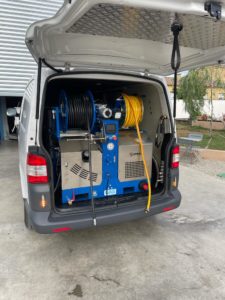
Furthermore, depending on the type, these sewer cleaning machines can be equipped with one or more water tanks, if a power source is not available at the site of the intervention, as well as to keep the water flow stable.
When in operation, the pump generates high pressure water jetting necessary to unblock drain pipes and sewage systems.
The water is introduced into the system to be cleaned through a nozzle attached to a high pressure hose: this feature allows the operator to easily maneuver and retract the hose, considering the imposing size and heavy weight of a rubber hose with a length of many meters.
The high pressure water jetting is finally delivered through a nozzle that directs the flow in the desired and most suitable way to clean the sewer pipe.
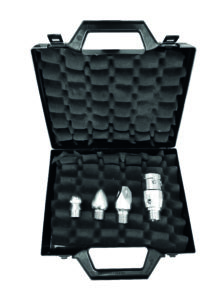
Normally, these are jets that reach a pressure of up to 300 bar, and water flow up to 95 liters per minute. The large bleeding machines used on municipal networks, on the other hand, also reach flows of 450 liters per minute, since the larger the sewer pipe to be cleaned, the greater the pipe and water jet are needed for effective cleaning.
How to use the machine for draining pipes
The cleaning of the sewer should be performed, in an ideal manner, starting from the lowest point of the sewer network, going up with the canaljet pipe to the opposite end, at the highest point of the pipeline.
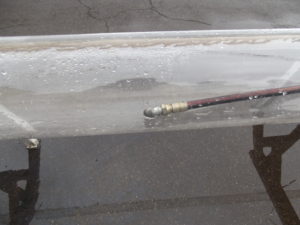
After activating the pump, the canaljet tube is slowly extracted by rewinding the coil: during this phase, the pressure and the flow of the water clean the pipe uniformly and effectively.
If it is not possible to act starting from the lower point of the sewer system, the canaljet pipe will have to be introduced and withdrawn several times by acting from the top: the sprayed jet, in this way, will equally remove the debris and obstructions, regardless of the obstacles encountered in the pipeline.
The advantages of water jet bleeding machines
Plumbers and drain cleaning professionals invest in pipeline cleaning machines mainly for the speed of intervention and, consequently, for the reduction of operating times and costs, even in the case of large-scale interventions.
On the other hand, those who buy sewer cleaning machines for the direct maintenance of their sewer pipes can conveniently program the maintenance of the drains, avoiding inconveniences and sudden closures of their commercial activities dictated by sudden blockages or, worse, flooding and damage. A necessity also imposed by the sanitation regulations for hospitals, schools, public buildings and hotels.

